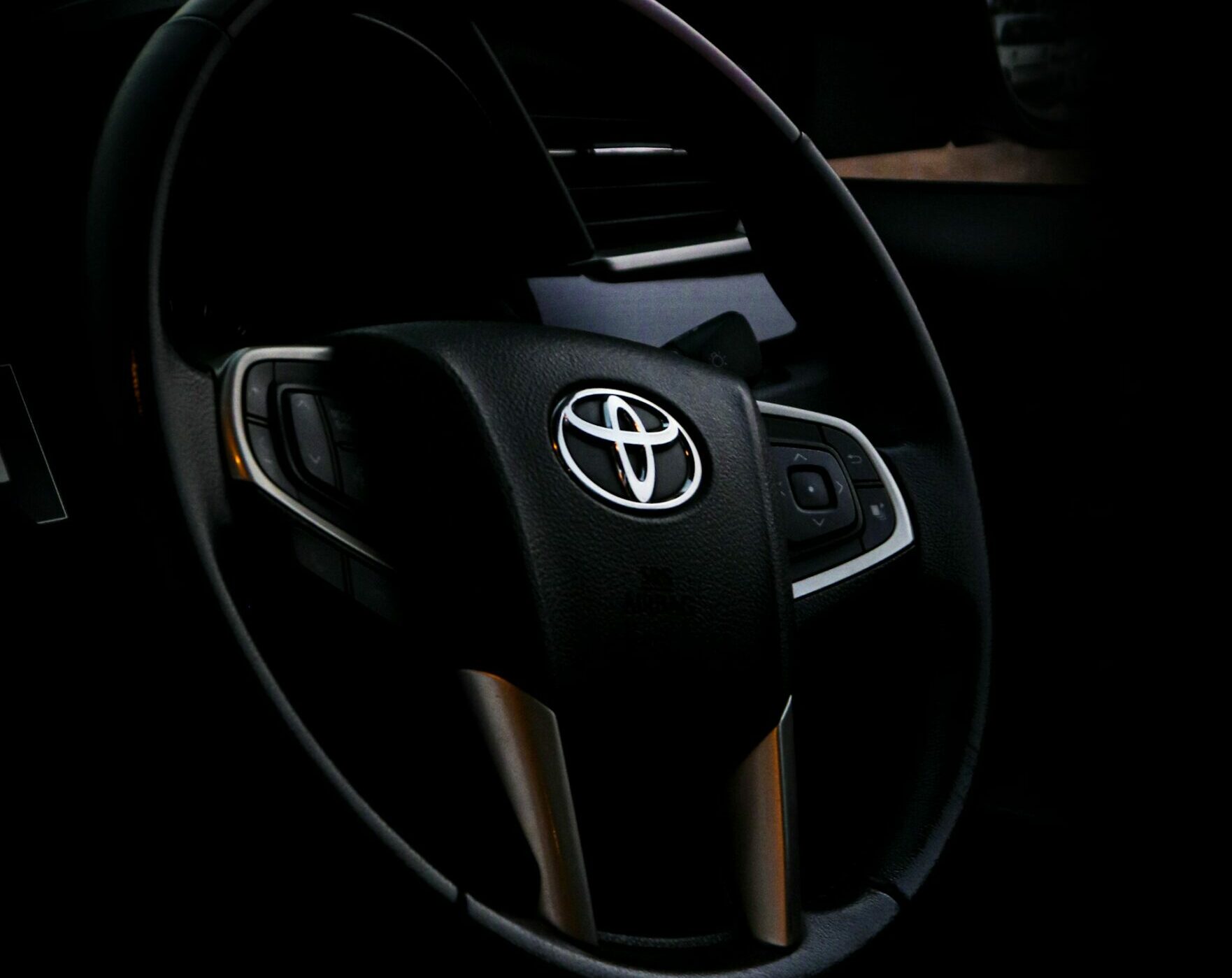An HGV (Heavy Goods Vehicle) licence is a certification required to operate large commercial vehicles legally. Obtaining this licence involves rigorous training and testing to ensure drivers possess the necessary skills to handle these vehicles on public roads safely. It signifies competency in handling the complexities of driving heavy goods vehicles, encompassing various aspects like vehicle control, safety regulations, and logistical understanding.
With an HGV licence, individuals can pursue careers in transportation, logistics, and delivery services. This licence not only validates expertise but also underscores the responsibility that comes with operating vehicles vital to the economy while prioritising road safety for all motorists.
Navigating the path to acquiring an HGV (Heavy Goods Vehicle) licence can be daunting for many. With evolving regulations, various licence categories, and a comprehensive training process, knowing where to start is crucial. This guide aims to demystify the process, providing a detailed roadmap to obtaining your HGV licence, thereby opening doors to numerous career opportunities in the logistics and transport sector.
Understanding HGV Licences
Before proceeding, it’s essential to understand an HGV licence and the different categories available. An HGV licence allows you to operate large vehicles, typically those over 3.5 tonnes. These include lorries, trucks, and other heavy goods vehicles pivotal to global commerce.
There are several types of HGV licences, each allowing you to drive different vehicle sizes and types:
- Category C1: Vehicles between 3.5 and 7.5 tonnes, with or without a trailer weighing up to 750 kg.
- Category C: Vehicles over 3.5 tonnes, with or without a trailer, weighing up to 750 kg (also known as Class 2).
- Category C+E: Vehicles over 3.5 tonnes with a trailer over 750 kg (also known as Class 1).
Choosing the right category depends on your career goals and the type of vehicle you intend to drive.
Eligibility Criteria
To start your journey toward an HGV licence, you must:
- Be at least 18 years old.
- Hold a full car licence.
- Pass a medical exam to ensure you meet the health standards for driving large vehicles.
Step-by-Step Process
- Medical Examination: The first step is passing a medical exam. This involves a general health check, focusing on vision, heart health, and other conditions that could affect your driving capability.
- Applying for a Provisional HGV Licence: Once you pass the medical exam, apply for a provisional HGV licence. This step is akin to applying for a learner’s permit, allowing you to start practical training while under supervision.
- Theory Test: Before hitting the road, you’ll need to pass the HGV theory test, which includes questions on road safety, vehicle maintenance, and secure loading. Preparation is key, so consider enrolling in a preparatory course or using online resources.
- Practical Training: Enroll in a reputable training course tailored to the HGV licence category you’re pursuing. These courses combine classroom learning with practical driving experience, covering everything from vehicle operation to navigating roadways safely.
- Practical Test: The final hurdle is the practical driving test, which assesses your ability to operate an HGV safely and efficiently. This test includes vehicle safety questions, practical road driving, and off-road exercises.
- CPC Certification: To drive an HGV professionally, you’ll also need to obtain the Driver Certificate of Professional Competence (CPC). This involves additional tests and periodic training to maintain your certification.
Choosing a Training Provider
Selecting the right training provider is crucial. Look for accredited training centres with experienced instructors and a track record of success. Recommendations from industry professionals can also guide your choice.
Cost Considerations
The cost of acquiring an HGV licence varies, including medical exams, application fees, training courses, and test fees. While it represents a significant investment, the potential career opportunities and salary benefits in the HGV sector can offer a substantial return.
Preparing for Success
Preparation is the key to successfully obtaining your HGV licence. Utilise study materials, practice tests, and training resources to bolster your knowledge and skills. Staying informed about the latest regulations and industry standards is also beneficial.
Career Opportunities
Holding an HGV licence unlocks a myriad of career opportunities. From long-haul international routes to local deliveries, HGV drivers are in high demand. Many find rewarding careers in logistics, construction, and transport sectors, with competitive salaries and benefits.
Conclusion
Acquiring an HGV licence is a rigorous but rewarding process. It opens the door to a career filled with diverse opportunities and the chance to play a crucial role in the global economy. By understanding the requirements, following a structured training path, and preparing diligently for each step, you can navigate the journey toward becoming a certified HGV driver with confidence.
Embarking on this path is not just about obtaining a licence; it’s about starting a fulfilling career that contributes significantly to society. With the right preparation and mindset, you’ll be on the road in no time, embarking on new adventures and opportunities.









